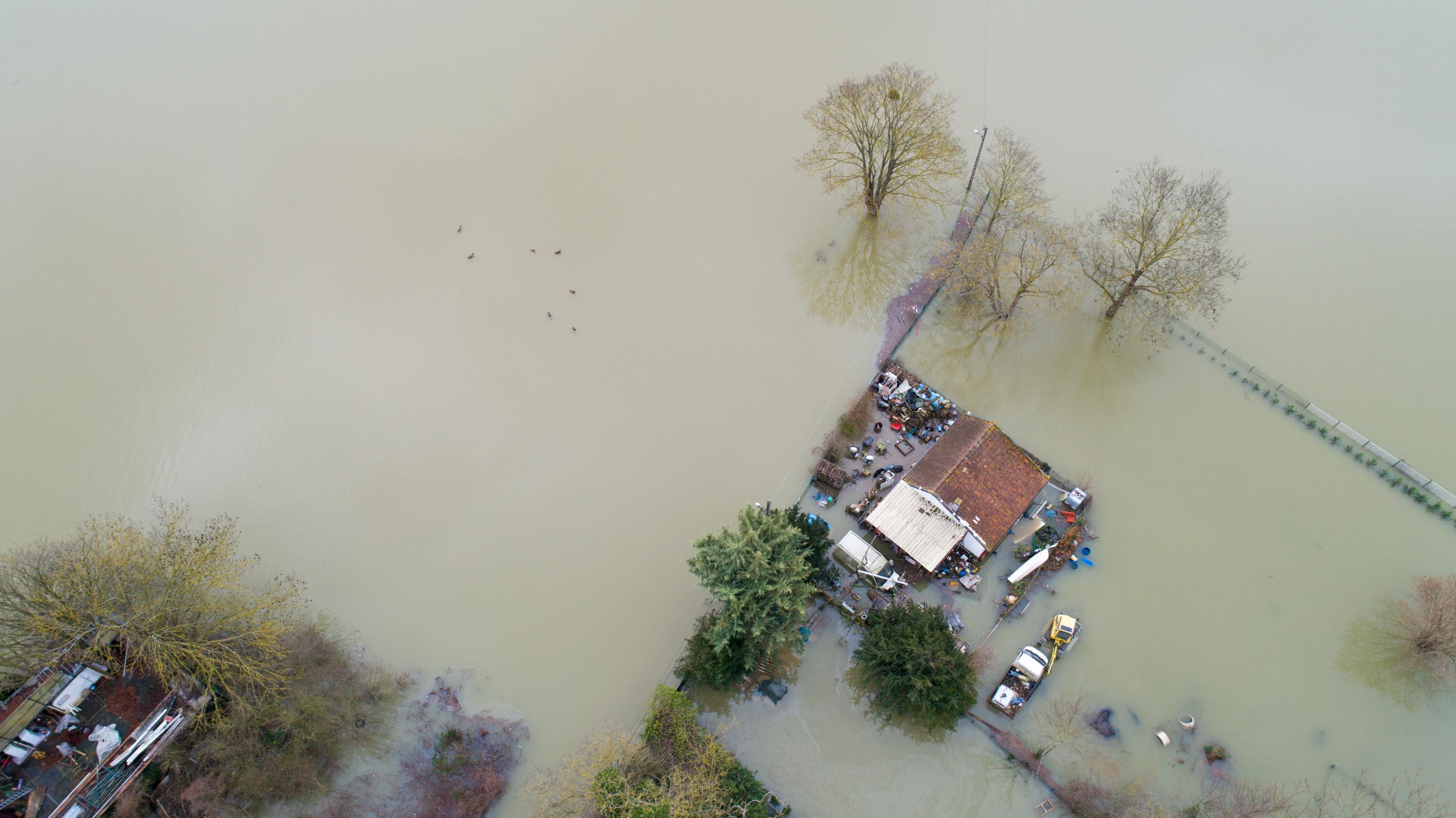The world’s largest and most powerful space telescope took off on an ambitious mission to observe the light of the first stars and galaxies and scan the universe for signs of life.
NASA’s James Webb telescope left French Guiana, in the Northeast coast of South America, aboard a European Ariane rocket and into the Christmas morning sky.
The observatory, valued at 10 billion dollars, left for its destination 1.6 million kilometers, or more than four times the distance to the Moon. It will take a month to arrive and another five months will pass before your infrared eyes start scanning the cosmos.
First, the huge mirror and the telescope’s solar shield must be deployed. They are folded like an origami figure in the conical nose of the rocket. Otherwise, the observatory will not be able to look back 13.7 billion years, as expected, just 100 million years after the Big Bang that formed the universe.
“It’s going to give us a better understanding of our universe and our place in it: who we are, what we are, the search that is eternal,” NASA Administrator Bill Nelson said this week.
However, he cautioned, “when you want a big reward, you usually have to take a big risk.”
Designed as a successor to the aging Hubble space telescope, the James Webb is named after NASA’s administrator during the 1960s. NASA collaborated with the European and Canadian space agencies to build and launch the new seven-ton telescope. The long-delayed project has employed thousands of people from 29 countries since the 1990s.
Note: This article has been indexed to our site. We do not claim legitimacy, ownership or copyright of any of the content above. To see the article at original source Click Here













